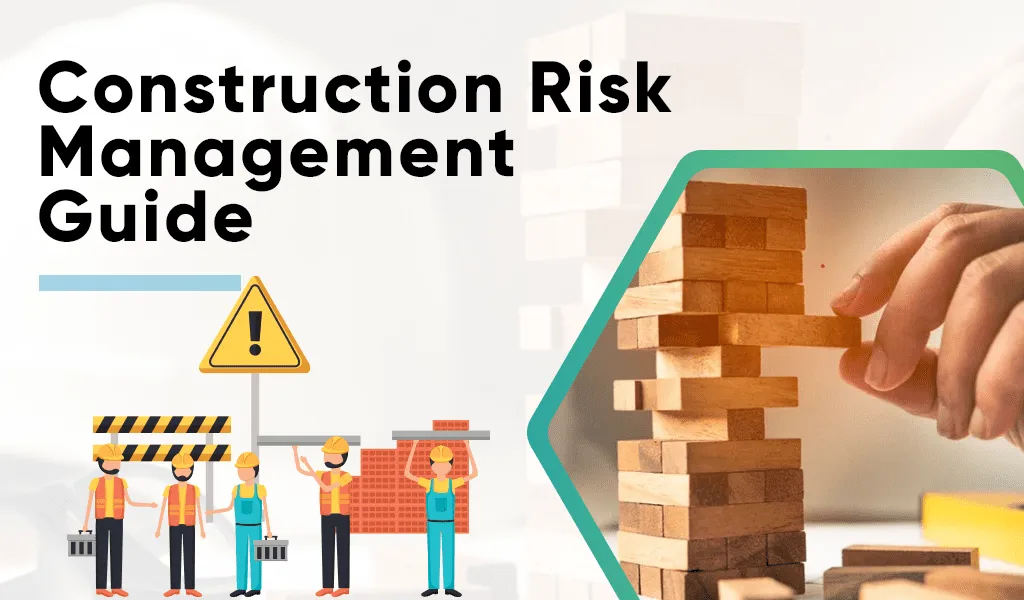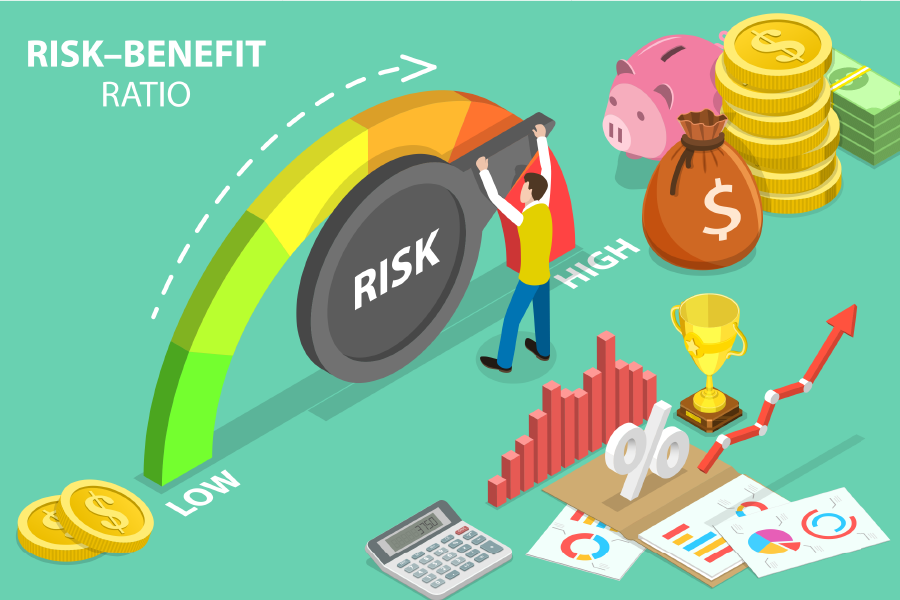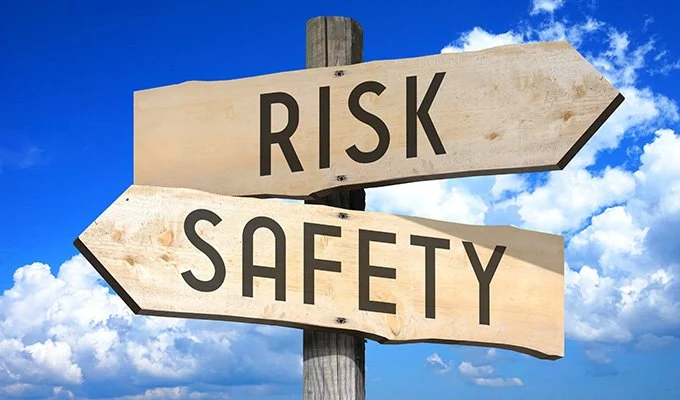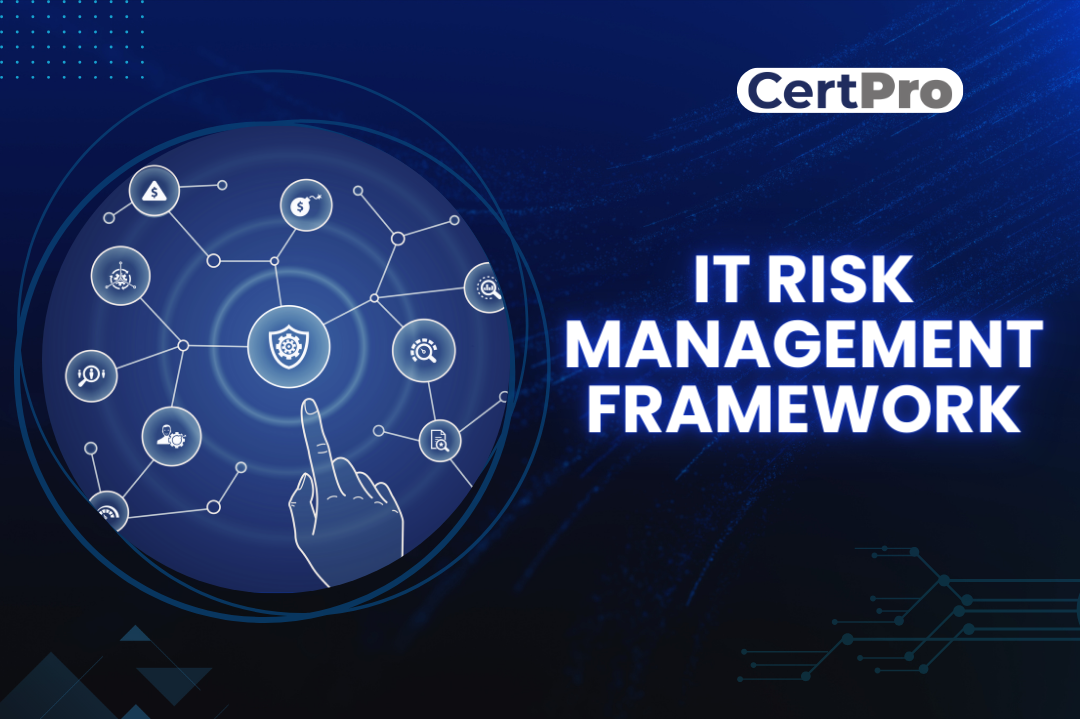Construction Risk Management Services | Minimize Risk, Maximize Project Success
Welcome to the World of Construction Risk Management

What is Risk Management in Construction?
Construction risk management deals with the strategic planning of the development as it pertains to projecting, documenting, and evaluating the possibilities of the issues that could affect the time, cost, safety, and quality of the project. It enables proper planning and decision-making throughout the project cycle.
The Importance of Construction Risk Management in the Success of the Project
Uncertainties accompany every construction endeavor. Badly planned risks may lead to overspending, significant delays, or complete failure of the project. By strategically addressing risks as early as possible, we assist clients in averting unwanted disruption and maintain control over their desired project outcome

Construction Risk Factors: Cost, Time, Quality, and
The fulfilment of construction projects is usually threatened by the following risks as managed by our team:
- Cost Risks: Expenditure increases, inflation, cost estimation inaccuracies.
- Time Risks: Poor scheduling, typical labor shortages, employment strikes, and mild weather conditions.
- Quality Risks: Defective work or design and substandard materials.
- Safety Risks: Accidents on-site or failure to comply with safety requirements
Other Types of Construction Risks Identified and Managed by U Novus Ltd.

Cost Risks
Uncontrolled spending and unexpected costs increase as we perform in-depth budgeting and market price analysis accompanied by thorough contingency planning during predictable expenses.

Schedule Risks:
Small as well as major disruptions like weather related issues or material delay are identified and prepared alongside advanced scheduling. Our experts use specific tools for the management of delay related risks.

Competitor Contractual Risks
Unsupported legal claims arising from project execution are managed as we review contracts for disputes and ambiguities ensuring clarity of every legal term.

Safety Risks
Risk of worker injuries as a result of contractual obligations and unsafe work procedures is entirely avoidable invoking indisputable enforcement of safety measures alongside industry standards.

Design & Technical Risks
We assess design frameworks for their technical feasibility and develop plans to contain scope alterations along with unanticipated site problems such as poor soil conditions or buried utilities.

Stakeholder Risks
These risks relate to lack of effective communication and cohesive alignment amongst stakeholders which leads to misunderstanding as well as conflicts and expectations which can result in delays.
Our Construction Projects Risk Management Procedure.
Risk Identification
We undertake site inspections, stakeholder discussions, and document analysis to capture specific risks to a project in advance.
Risk Assessment and Prioritization
Using a combination of qualitative and quantitative methods, we assess every risk’s probability together with its impact on the project. Risks deemed to pose the highest impact to the project's security are dealt with first in order to maximize vulnerability reduction.
Risk Mitigation Planning and Strategies
As far as possible, we shall formulate key risk mitigation provisions including alterative strategic options, resource reallocation, or contractual arrangements such as novation and mitigation, delegation, or withdrawal.
Implementation and Monitoring
A risk register is created and maintained for the entire duration of the project to track all risks and ensure they are monitored and controlled throughout the lifecycle of the project.
Tools and Methodologies We Use

1. Qualitative and Quantitative Risk Analysis
We utilize methodologies that evaluate the level and consequences of risks to aid in the decision-making process our clients undertake.

2. Monte Carlo Simulation & Contingency Planning
Expenditure and scheduling results can be estimated through advanced modeling techniques like Monte Carlo simulations.

3. FIDIC and NEC Risk Management Frameworks
With the use of globally accepted standards such as FIDIC and NEC, we ensure that any contractual risk is dealt with professionally.

Health, Safety and Environmental Standards (HSE)
We prioritize safety by employing Health Safety Environment (HSE) regulations in the construction site ensuring compliance and safety.
Benefits of Effective Risk Management in Construction Projects
- Enhanced Customer Satisfaction
- Clients become more satisfied with services when there are predictable expenses and timelines
- Greater Stakeholder Trust and Smarter Decision-Making
- More intelligent, faster decisions can be made when there is a supported risk data.
- Reduced Legal Issues and Disputes
- Proactive risk controls as well as clear definition of roles and responsibilities help in reduction of legal and contractual issues
- Better Safety Compliance
- Fewer incidents ascribed to strict compliance results in lowers regulations fines, leading to enhanced safety.
Who Needs Construction Risk Management?
These are the people for whom our services are beneficial:
- Developers and Project Owners - Protect your expenditure
- EPC Contractors and Subcontractors - Control the execution risks.
- Consultants and PMCs - Approach integrate risk control across diverse functional teams.
- Government and Infrastructure Clients - Supervises public works to ensure they meet the scheduled timelines.

Case Studies & Real-World Results
Example 1: Early Risk Identification Saves $1.2M
By preventing a dispute due to contract ambiguity checking during pre-construction review, we saved hundreds of millions from disputes.
Example 2: Design Risk Analysis Helps Avoid 6-Month Delay
Reviewing some of the geotechnical designs of the foundations helped us identify some of the gaps that needed to be asynchronously designed early on and executed on time.


Client Testimonials
“Risk heavy undertaking especially for commercial projects, this is where Chrys & Associates turned the tables. Their planning alleviated pressure restoring time and money for us.” – Client, Dubai.
Why Us For Risk Construction Management?
- We hold pertinent certifications
- PMP managers, RICS, and even ISO 31000 practitioners make up our team.
- Every project type tailored specific plans.
- From high risers to infrastructure upgrading services, our approaches to applying risks are adaptive.
- We lead together with all project stakeholders towards shared responsibility.
- Experience in the Residential, Commercial, and Infrastructure Sectors
- Our projects include both regional and international undertakings with varying levels of complexity in their risk profiles.
FAQs – Construction Risk Management
Among the numerous risks associated with construction projects, some of the most common are cost overrun due to inaccurate estimates or unanticipated site conditions.
Our approach includes preemptive risk evaluation, implementation of stringent safety protocols, effective contingency measures, and the management of a live risk register for active monitoring.
Risk management deals with issue identification and avoidance while crisis management deals with responding to problems after they have already happened.
Definitely. Even small projects can benefit from formalized risk assessment and mitigation strategies, particularly with strict deadlines and limited budgets.
